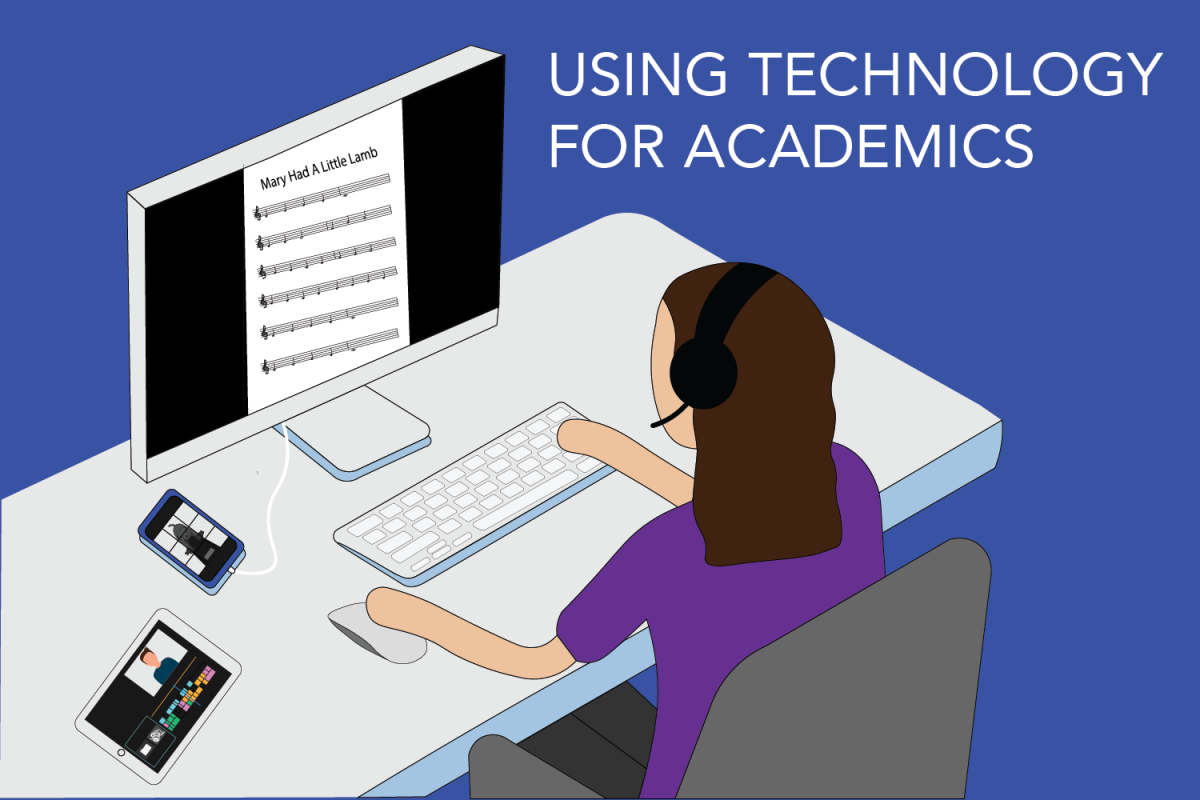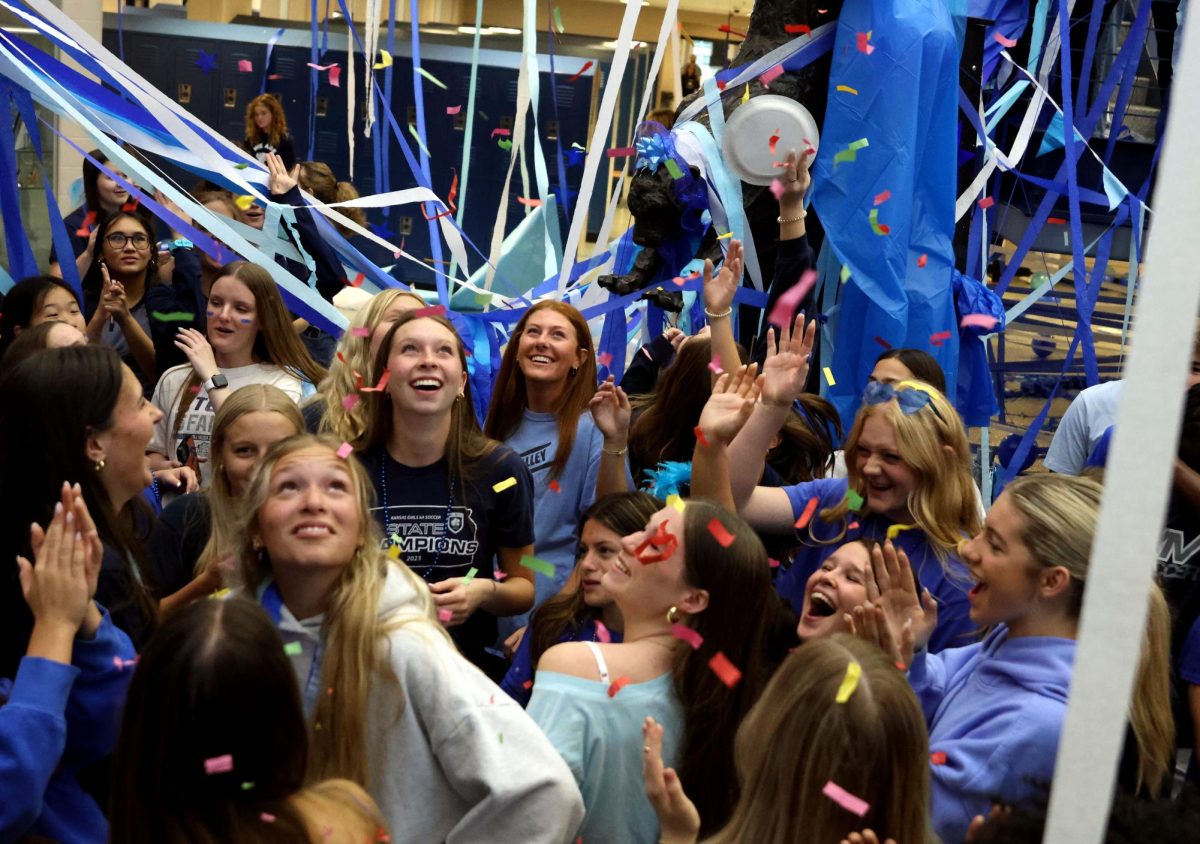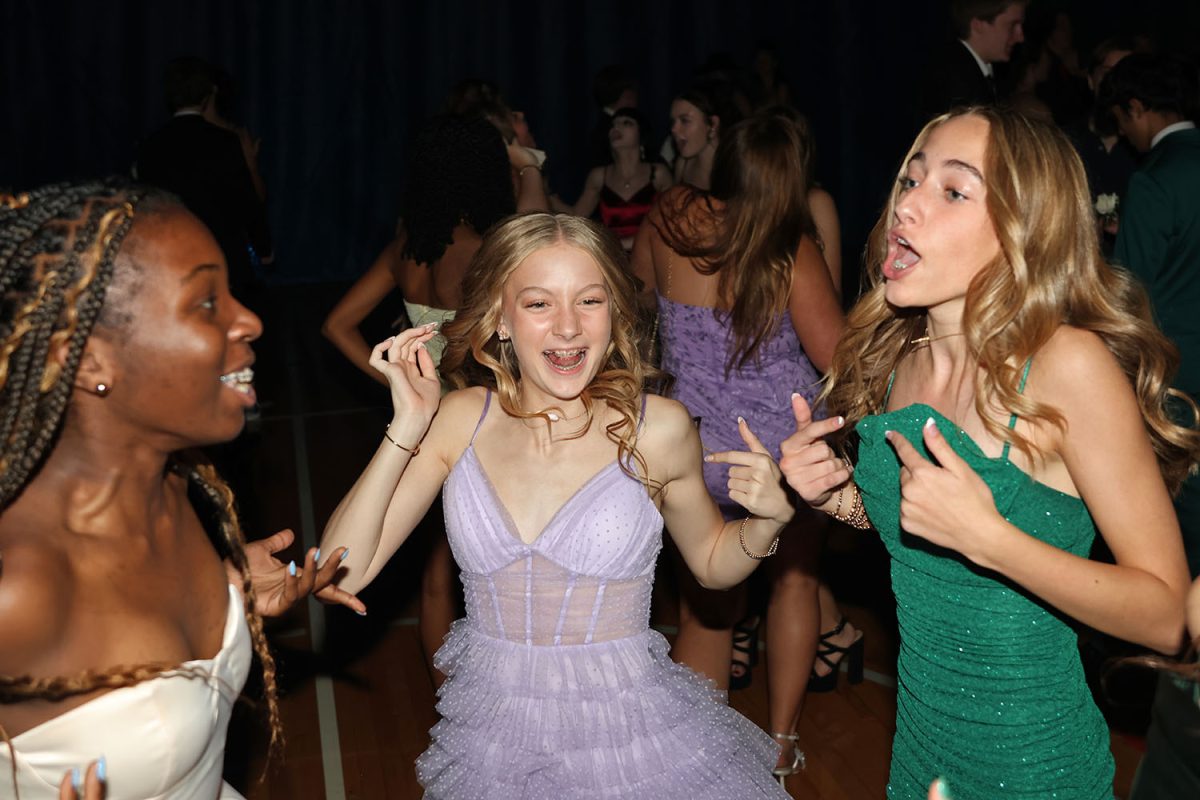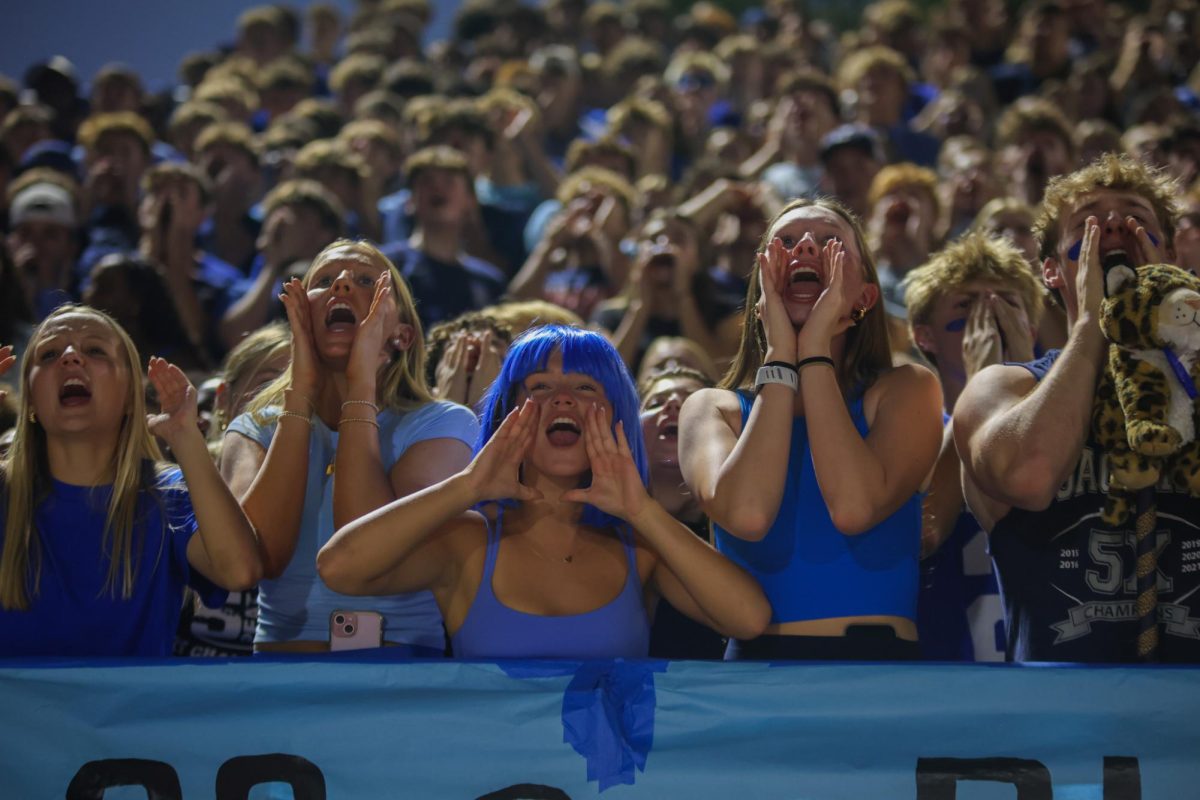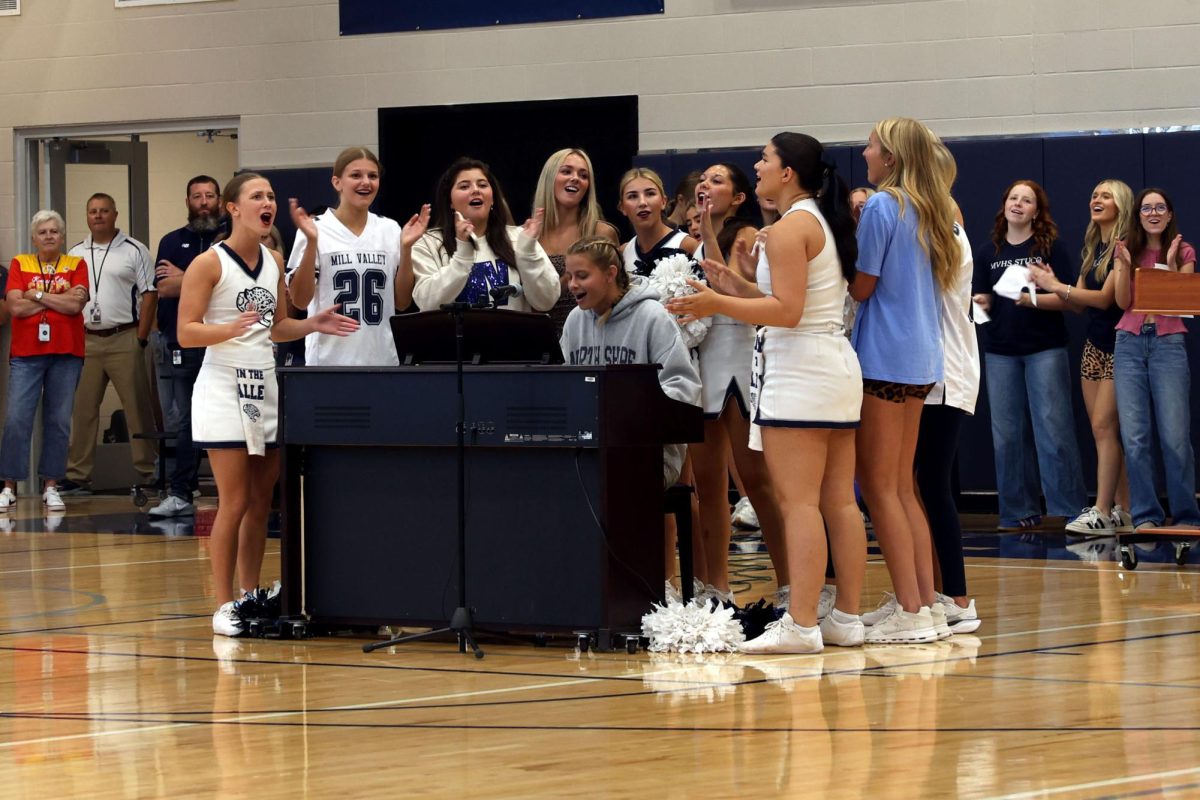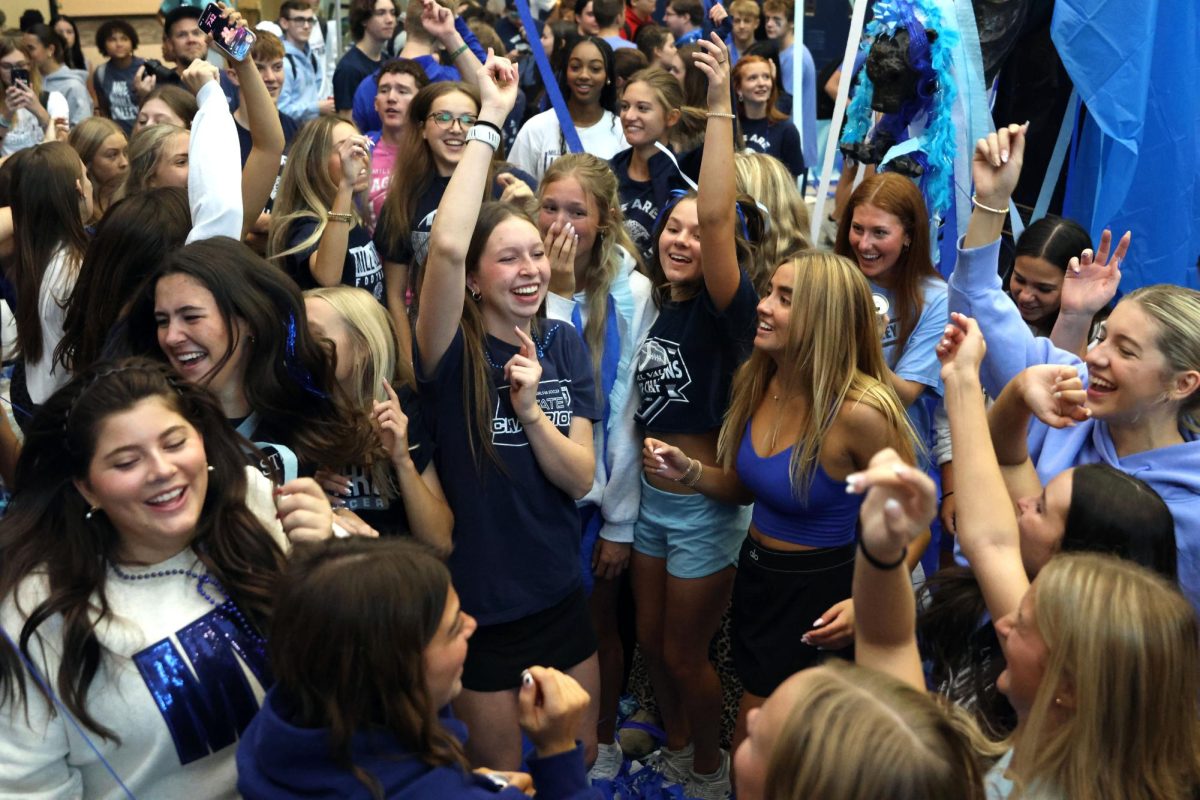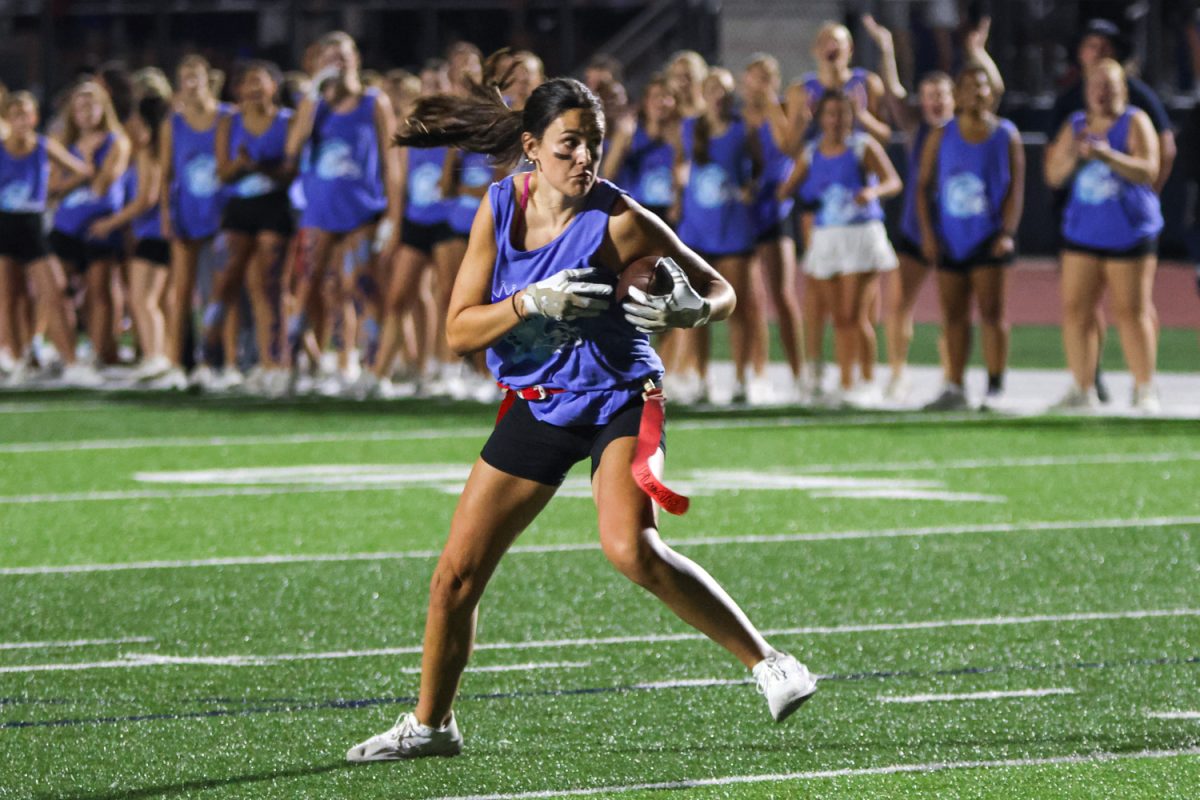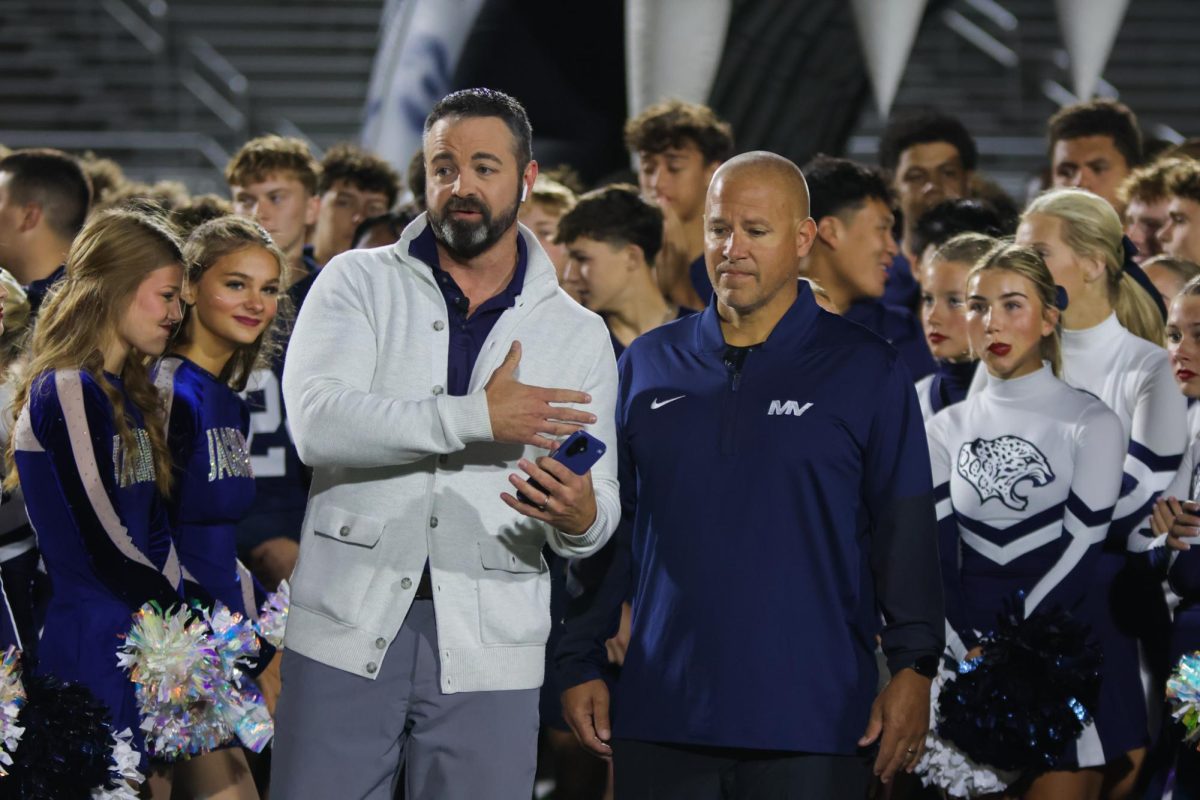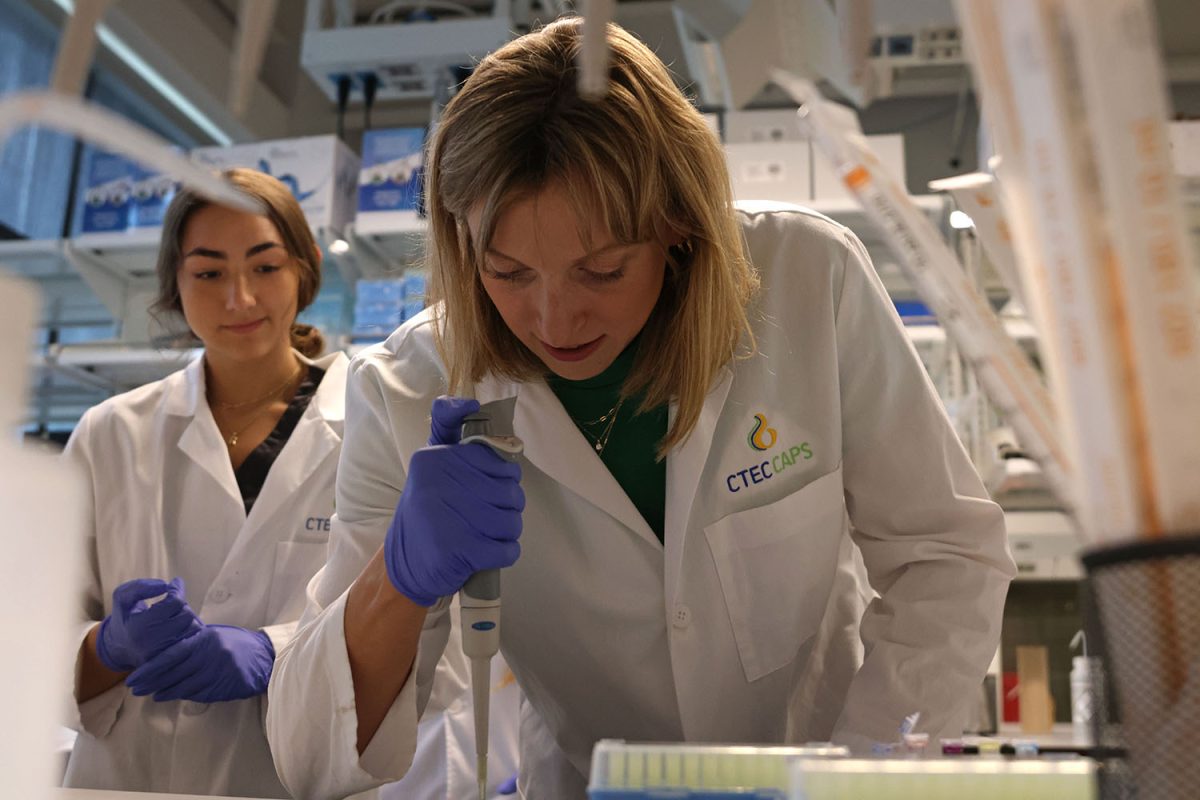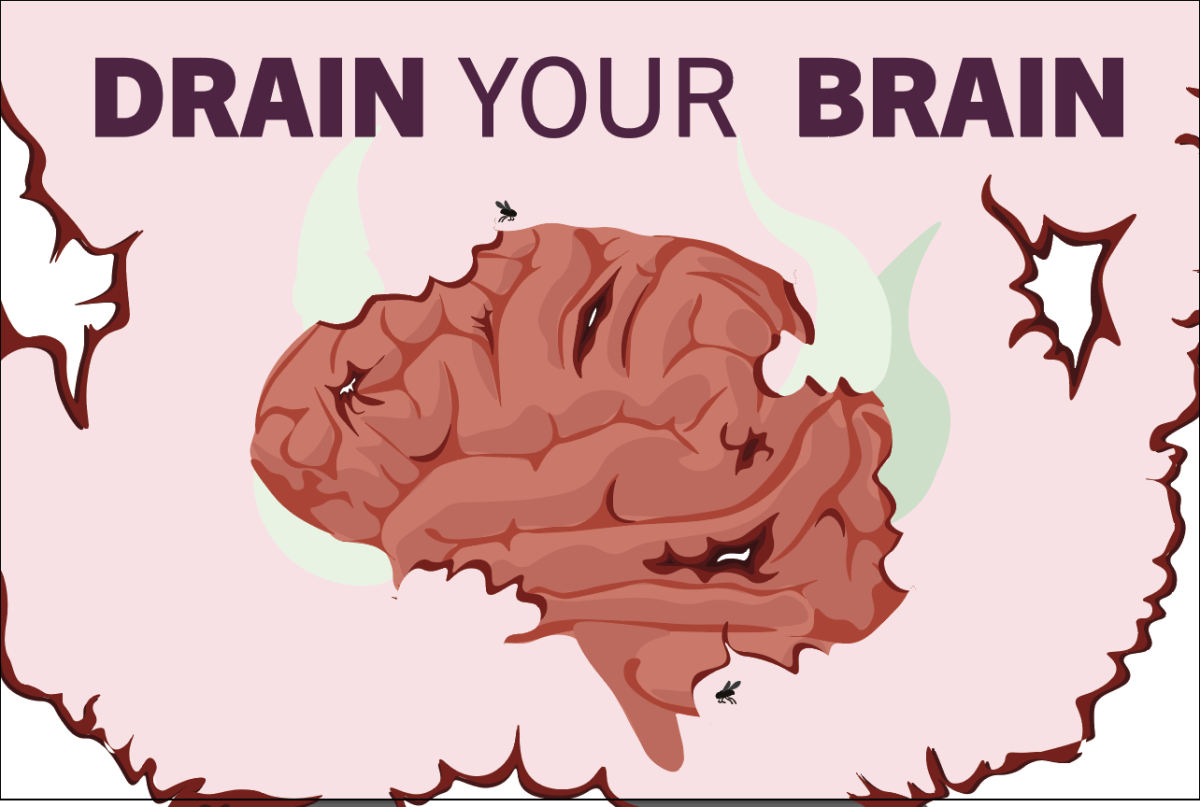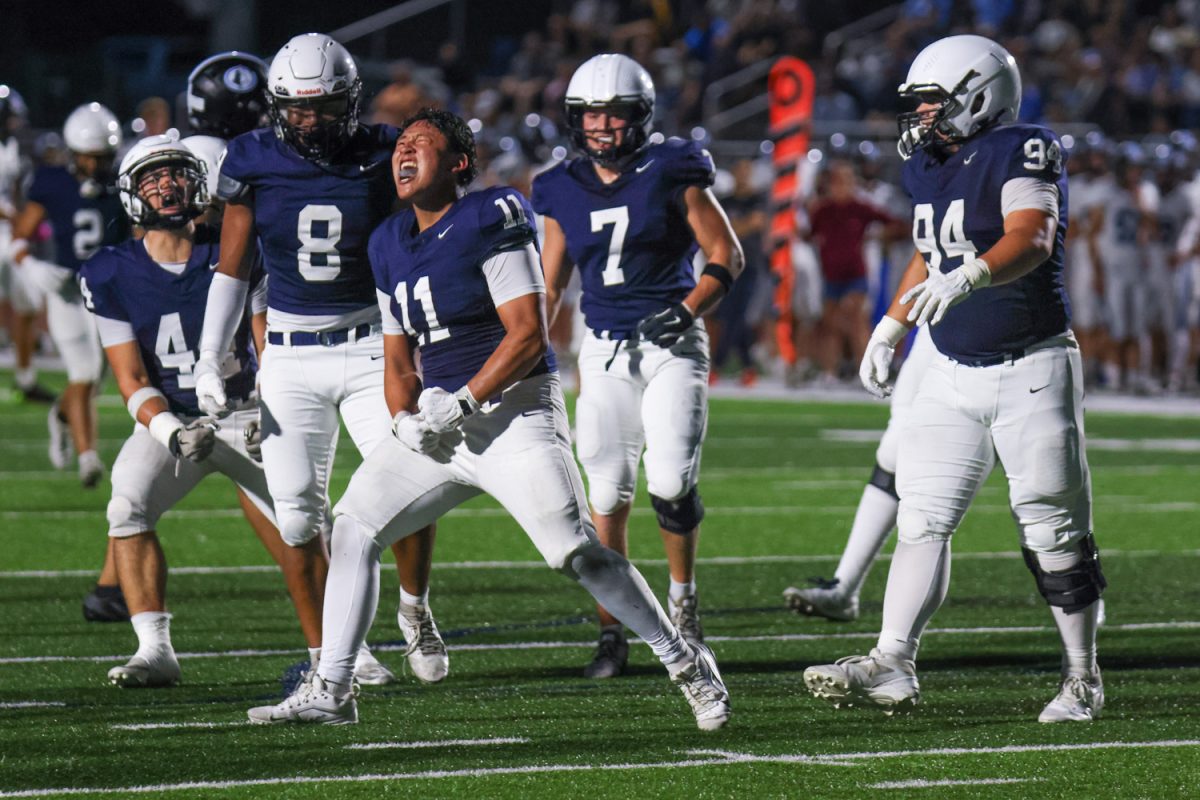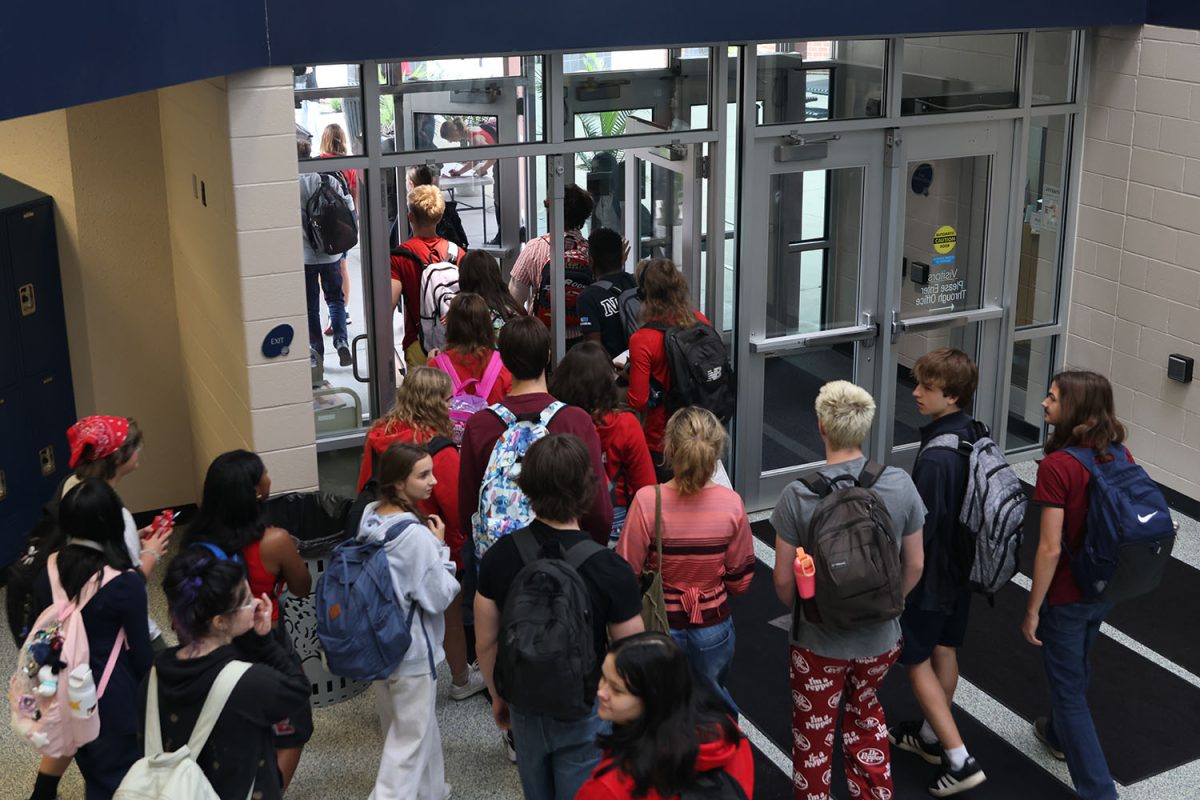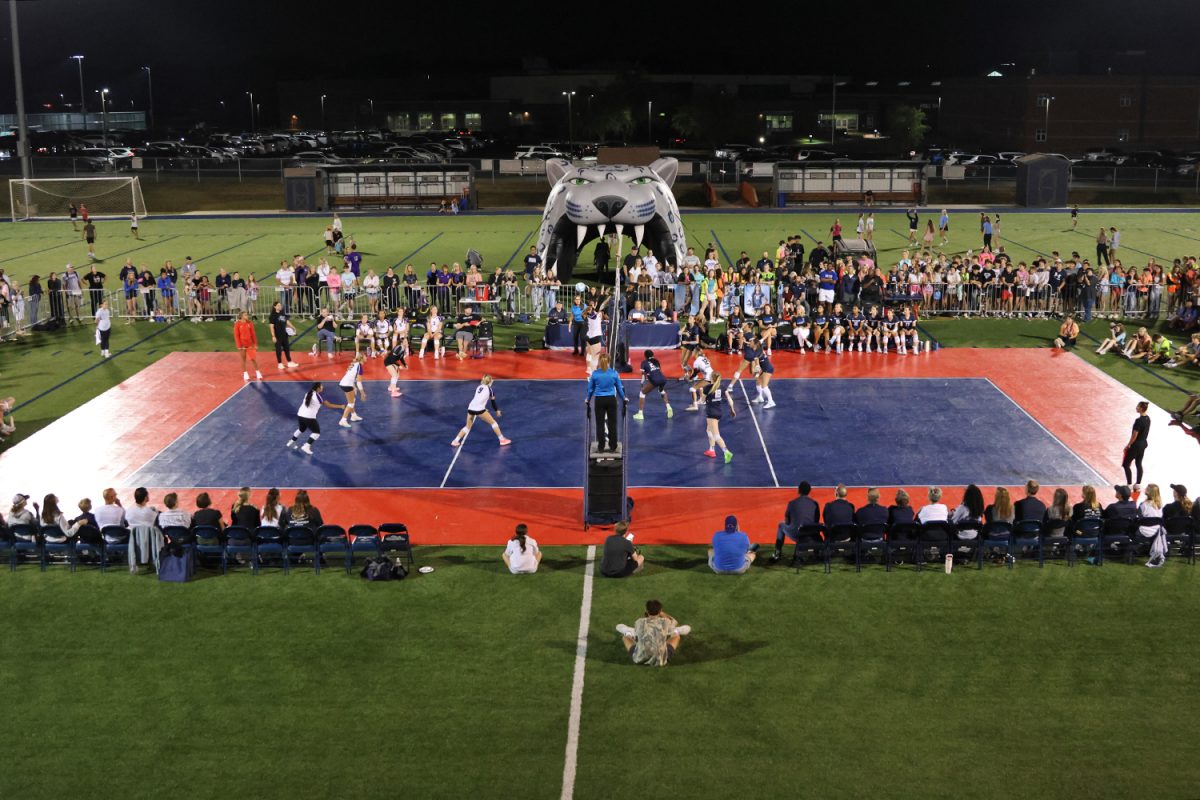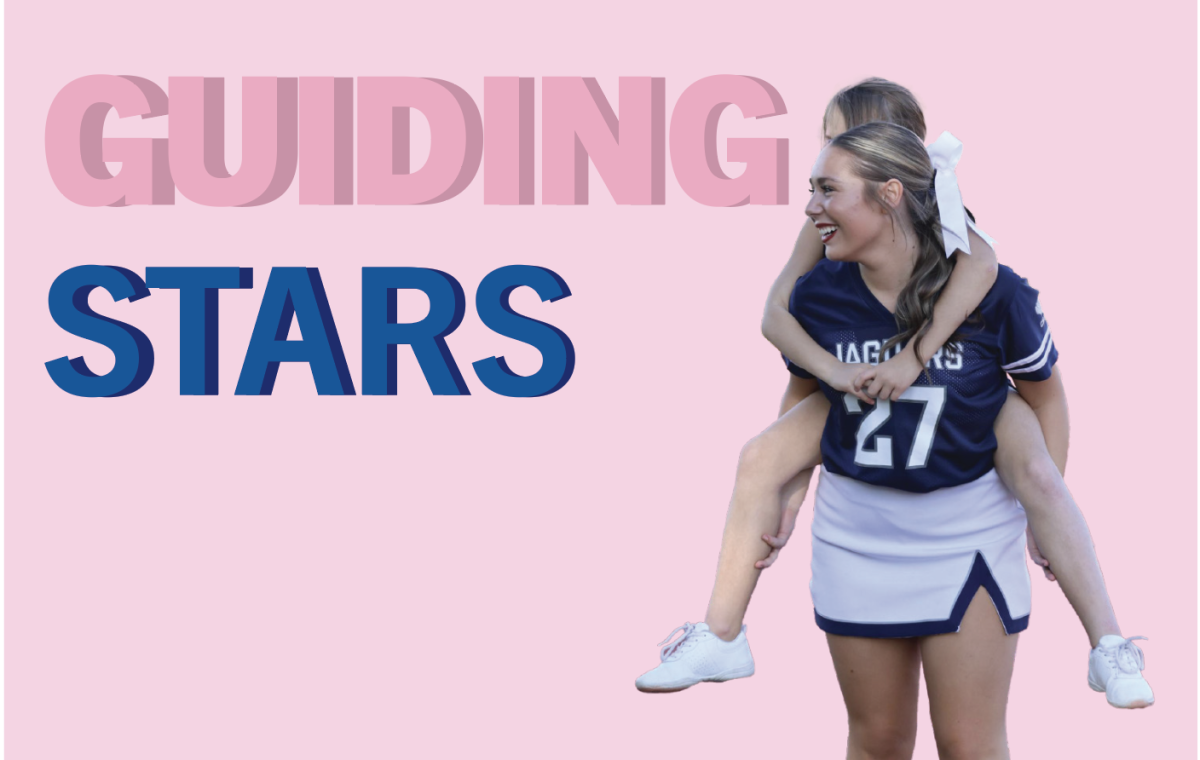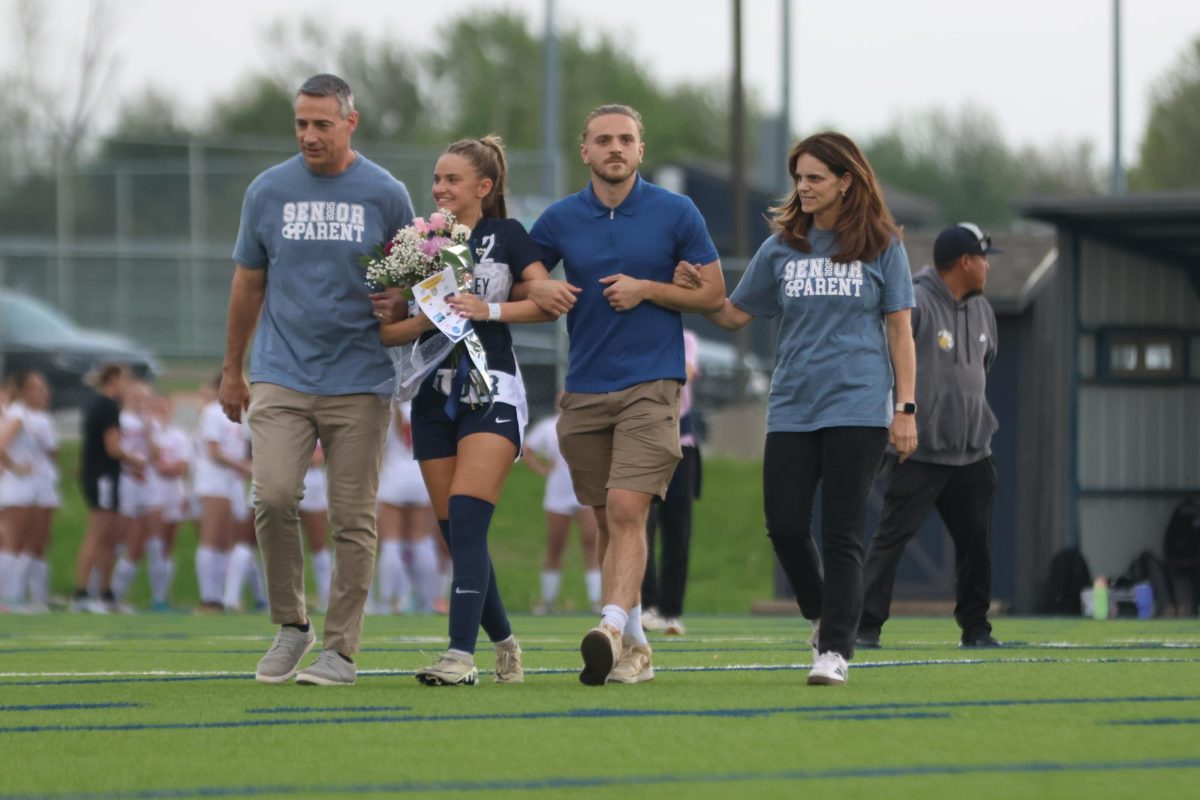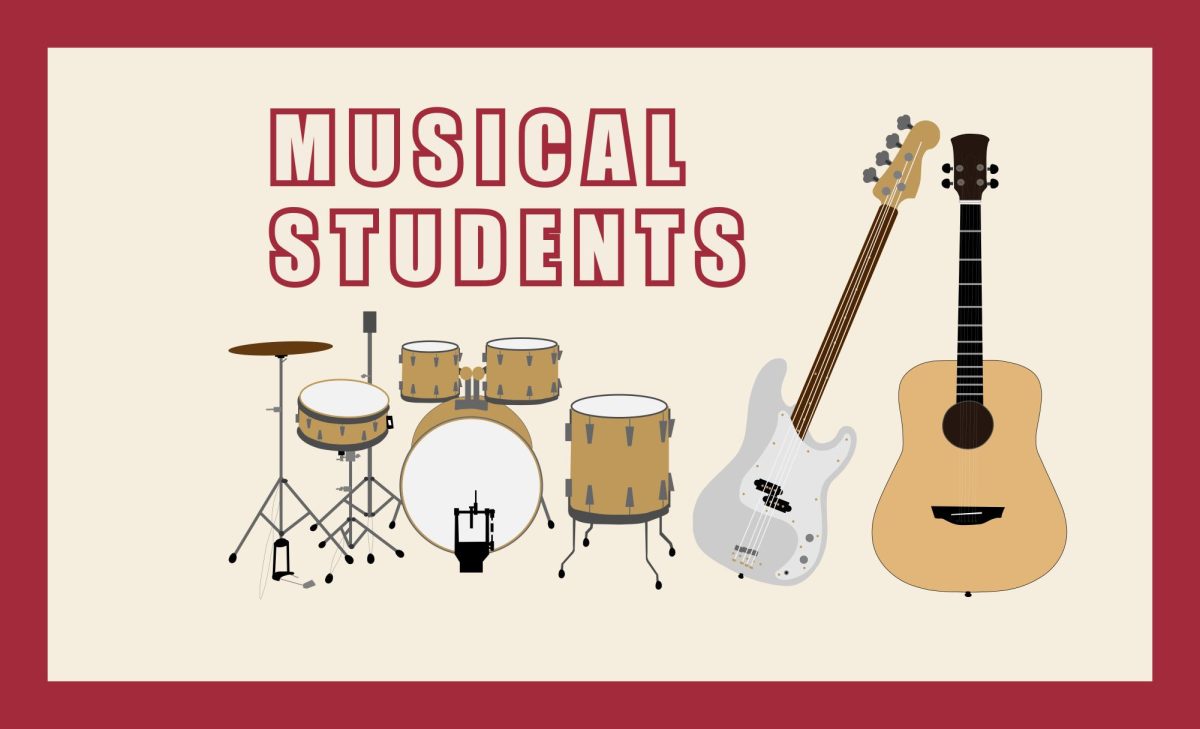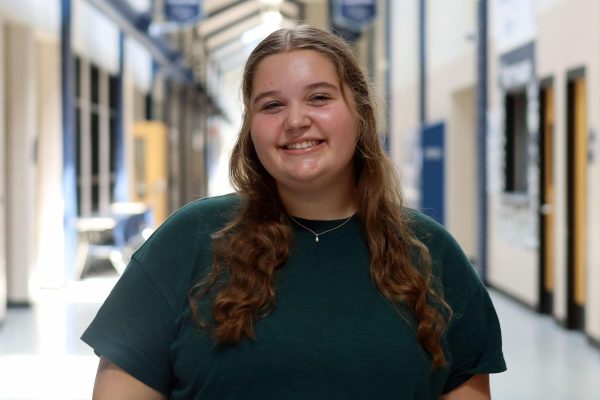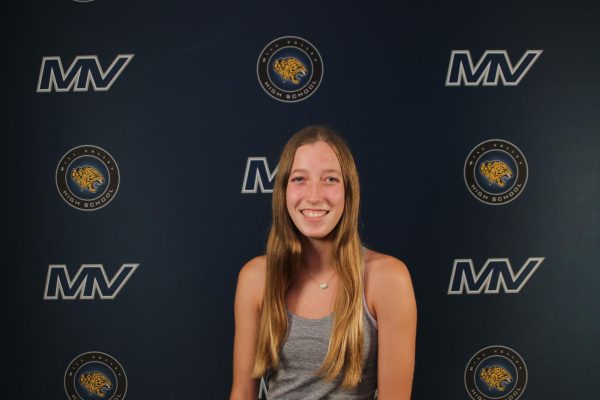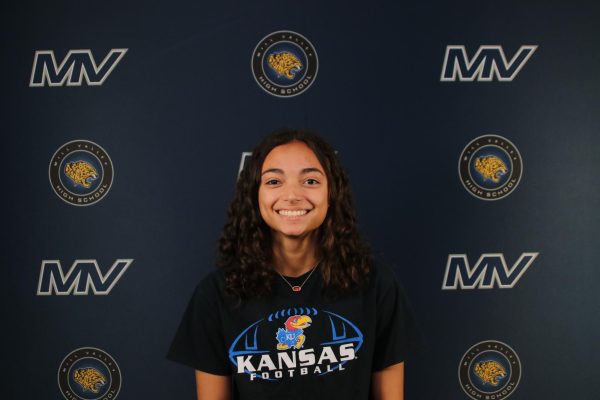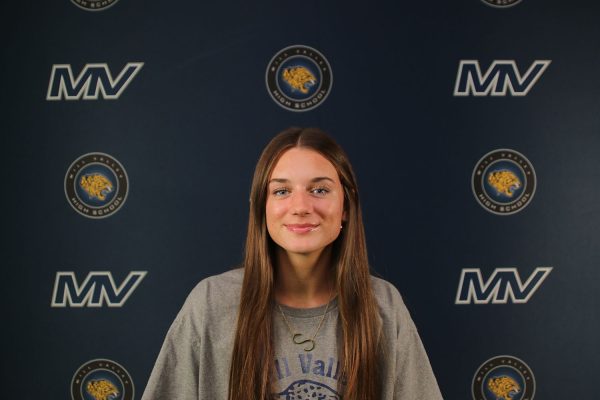Photo Imaging students use technology for projects and class work
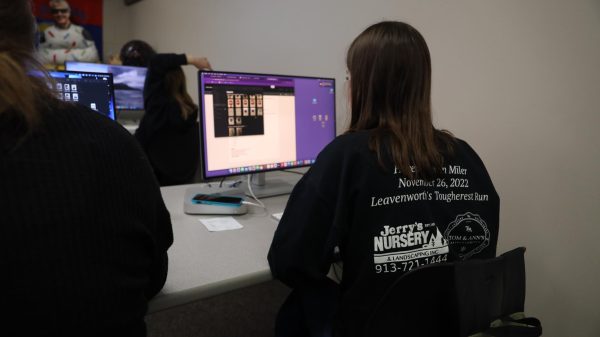
Students use an assortment of technological devices in Photo Imaging. The devices are used in many ways, like taking notes or in class projects. Junior Aislyn Wittmer describes what the Photo Imaging class is.
“Photo Imaging is a class all about digital photography. We learn how to work and operate a camera along with editing and critiquing photographs,” Wittmer said. “The class also allows students to be creative and have freedom while taking pictures.”
Sophomore Hannah Stephensen explains what type of technology they use in class.
“In Photo Imaging, we use an assortment of technological devices. We use iMacs, MacBooks, cameras and our phones,” Stephensen said. “We normally just use the iMacs and cameras in day to day classes, but sometimes we get to use our phones and MacBooks as well.”
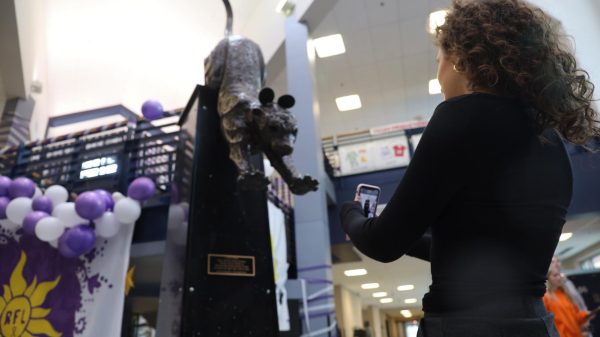
Additionally, Wittmer shares how each device is used in Photo Imaging.
“In class, we use the iMacs to upload and edit our photos. We use the cameras to learn about photography and to take good quality photos,” Wittmer said. “We also use our iPhones or mobile devices occasionally to learn about their camera abilities and how to take a good picture without the use of a professional camera.”
Stephensen has been taught multiple things about technology due to the projects that are taught in Photo Imaging.
“Since the beginning of the semester, we have done a couple of projects to learn about the ability of the cameras,” Stephensen said. “During these projects, we have learned about the basic necessities of a camera, like how to turn it on and off, how to take a simple picture and more. We have also learned more specific things like ISO settings, how to focus the camera in specific points in a picture and shutter speed.”
Overall, Wittmer thanks Photo Imaging for all the things she is learning how to do in class.
“I am thankful for all the things I have learned so far this semester,” Wittmer said. “Currently, I am learning the process of using and operating a camera along with taking good quality photographs. I am also learning how to optimize photos with the power of editing.”Students in Broadcast use technology to advance projects
Students in Broadcast use technology to advance projects
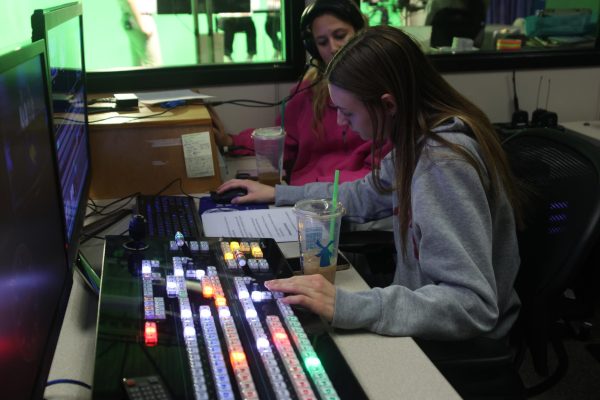
Like many other classes, students in Broadcast use technology to enhance their class experience. With devices, they can create videos about an assortment of topics, such as homecoming candidate videos to the daily announcements. Producer senior Chaley Spaulding shares how the Broadcast class works.
“Broadcast is really independent most days. Everyone is working on their own editing, out filming or getting their interviews set up. As a producer, I try to make sure everyone is on track to get their package turned in by the deadline, help with editing and plan the weekly episodes in a class period,” Spaulding said. “Since Broadcast is more of a student-led class, our class dynamic is very close and fun. We are all friends and are always helping each other out.”
Sophomore Gus Goetsch explains how multiple pieces of technology are used during the class.
“In Broadcast, we have to use a lot of technology. In order to make all of our packages, we have to use microphones, live stream equipment, computers and cameras,” Goetsch said. “The cameras we use can change depending on what we are filming. If we are doing a package for MVTV show days, we use the smaller cameras that we can hold and bring with us, but if we are just filming the daily announcements, we use the big camera in our studio.”
Additionally, Spaulding describes how they use different devices in Broadcast to create their videos.
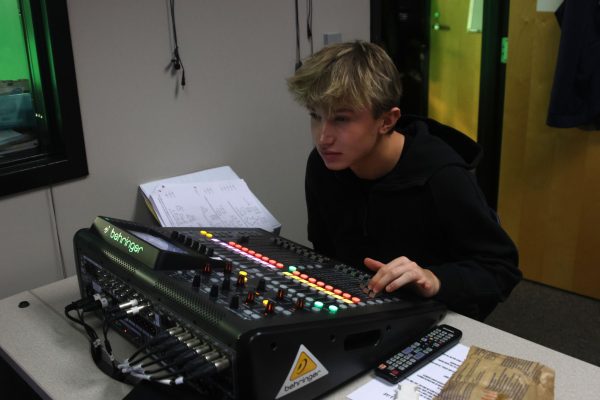
“There are many ways we use technology in broadcast. On show days, we use the Tricaster to control what is airing. We also use the teleprompter and audio board to control the script and the volume of the anchors,” Spaulding said. “For both show days and for packages, we use cameras and microphones to film and get our content and then we edit all of our clips on our MacBooks.”
While taking Broadcast, Goetsch has learned new technological and professional skills.
“I have learned how to assemble camera equipment and how to use it. I also learned more about editing, how to make a story and how to film better for my packages,” Goetsch said. “Along with all of these technology based skills, I have also learned a lot about professionalism and interviewing etiquette while in Broadcast.”
Similarly to Goetsch, Spaulding appreciates all of the skills she has been taught during the last three years of being in the Broadcast class.
“I have learned a ton in Broadcast, especially a lot of things that deal with technology,” Spaulding said. “I’ve learned how to edit and film, as well as how to control the episode on show days and more. It has really increased my technological abilities and I have a feeling these things I have learned will help me in the future.”
Piano for Beginners uses technology to enhance each students learning experience
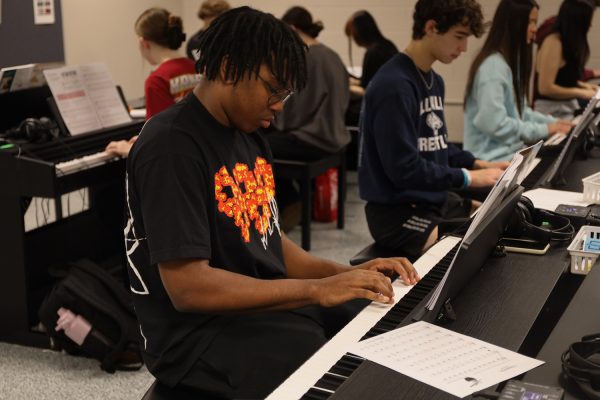
Piano for Beginners incorporates technology to enhance the experience of each student’s time in class. Student learn how to play on an electric piano with an attached headphone system that allows students to individually receive help from the teacher when needed. Junior Noah Pham describes what the Piano for Beginners class is.
“Piano is a semester-long class for students hoping to learn basic piano skills,” Pham said. “The class is taken in a room with about 15 pianos with their sound connected through headphones.”
Additionally, junior Brynn Shideler describes what a typical day in Piano for Beginners looks like.
“We start off warming up on our own, then practice different songs as a class and in small groups,” Shideler said. We have a book of music that we learn new material from, such as note identification, songs and other basic skills.’
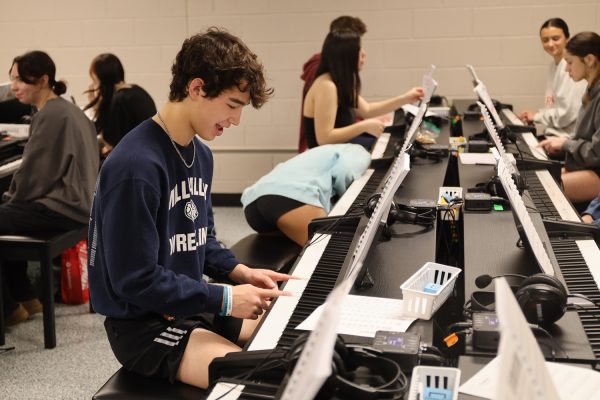
Pham describes all the details of the pianos that allow students an easier learning experience.
“Since the pianos are electric, they play louder not based on how hard you hit the key. This allows a range of different volumes to play depending on what the goal of each song is. The piano also has a metronome built in with customizable speeds and counts to help us play correctly,” Pham said. “Copeland is also able to communicate with each student through our headphones by using the microphone on his. This allows easy and direct communication between each student and him.”
Shideler expresses why she enjoys the great environment of the classroom.
“The class is a fun, calm and happy environment,” Shideler said. “It’s great for learning something I have never tried before.”
Overall, Pham loves the hands-on learning style and the ability to experiment with different types of sounds in piano.
“I enjoy how we can experiment with the pianos and learn how to put together songs to make them sound complete and fluid,” Pham said. “It’s always fun to be constantly challenged. There are always more songs I can play and more things to learn about the instrument itself.”


